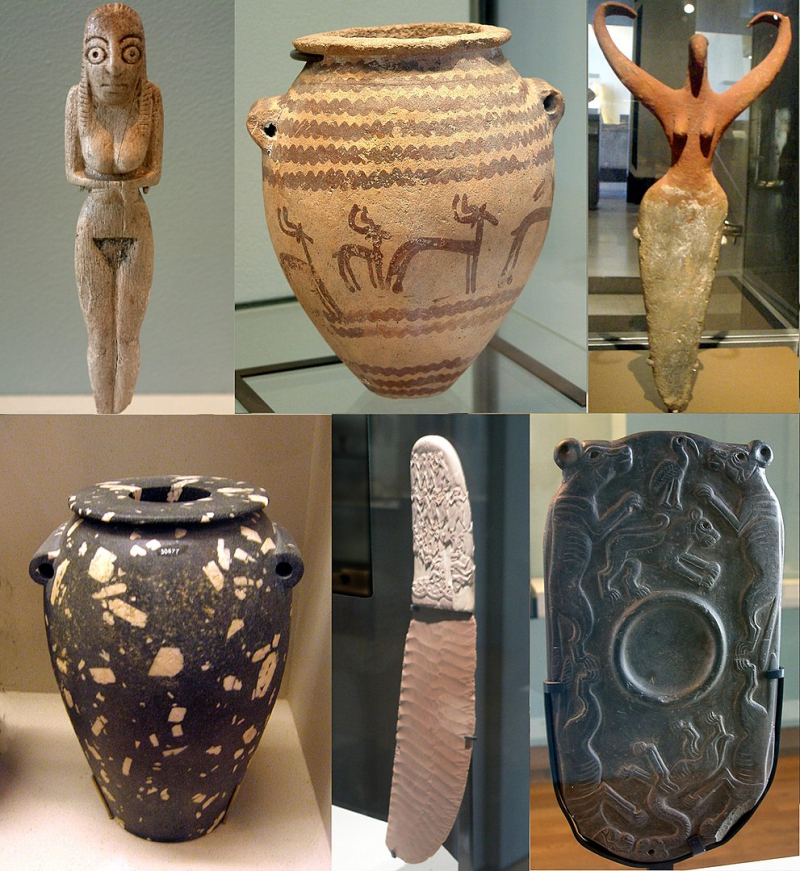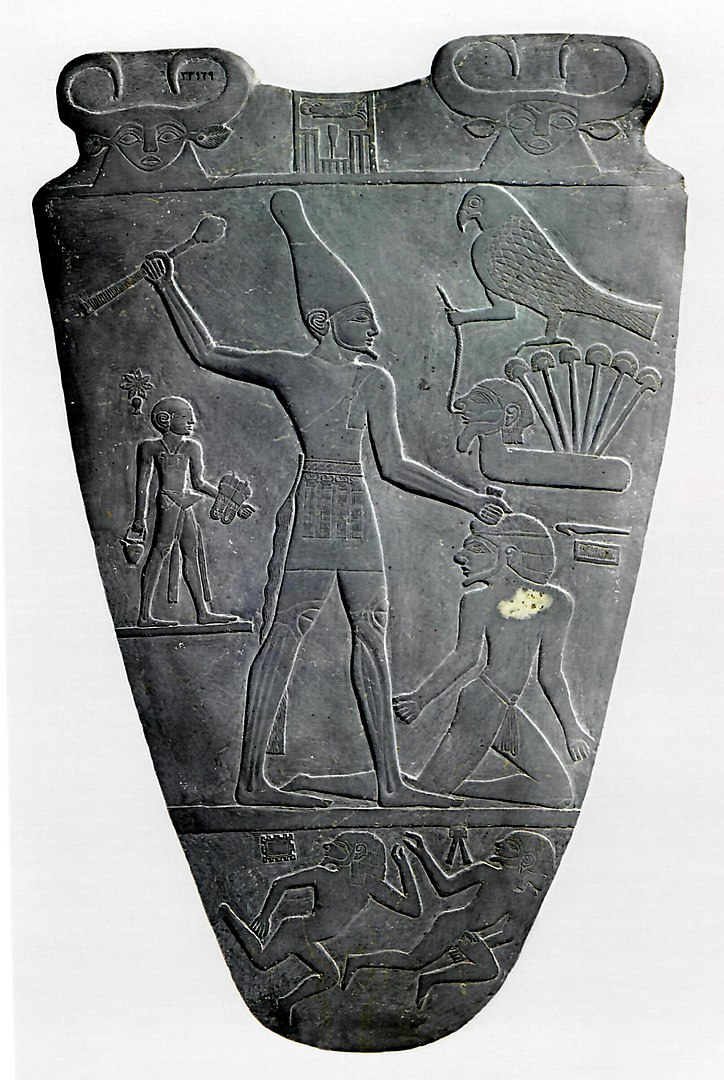Prehistoric Egypt

Prehistoric Egypt and Predynastic Egypt span the era from the earliest human settlement until the start of the Early Dynastic Period circa 3100 BC, commencing with the first Pharaoh, Narmer for some Egyptologists, Hor-Aha for others, with the name Menes probably used for one of these kings.
"Predynastic Egypt" is traditionally described as the period from the end of the Neolithic period, commencing around 6000 BC, until the end of the Naqada III period, around 3000 BC. The dates of the Predynastic period were first established before substantial archaeological excavation in Egypt, and recent discoveries demonstrating relatively sluggish Predynastic growth have led to debate over when the Predynastic period ended. As a result, terms like "Protodynastic period," "Zero Dynasty," or "Dynasty 0" are used to refer to the section of the time that some consider to be Predynastic and others consider to be Early Dynastic.
The Predynastic period, one of the Ancient Egyptian periods, is often divided into cultural eras, each called after the location where a particular type of Egyptian town was unearthed for the first time. However, the same progressive growth that distinguishes the Protodynastic period is evident throughout the entire Predynastic period, and individual "cultures" must be viewed as primarily subjective divides designed to assist the study of the entire period, rather than as different entities. Because the silt of the Nile River was more heavily deposited in the Delta region, most Delta sites were fully buried long before modern times, the vast majority of Predynastic archaeological finds have been in Upper Egypt.
Period: c. 6000-3000 BC










